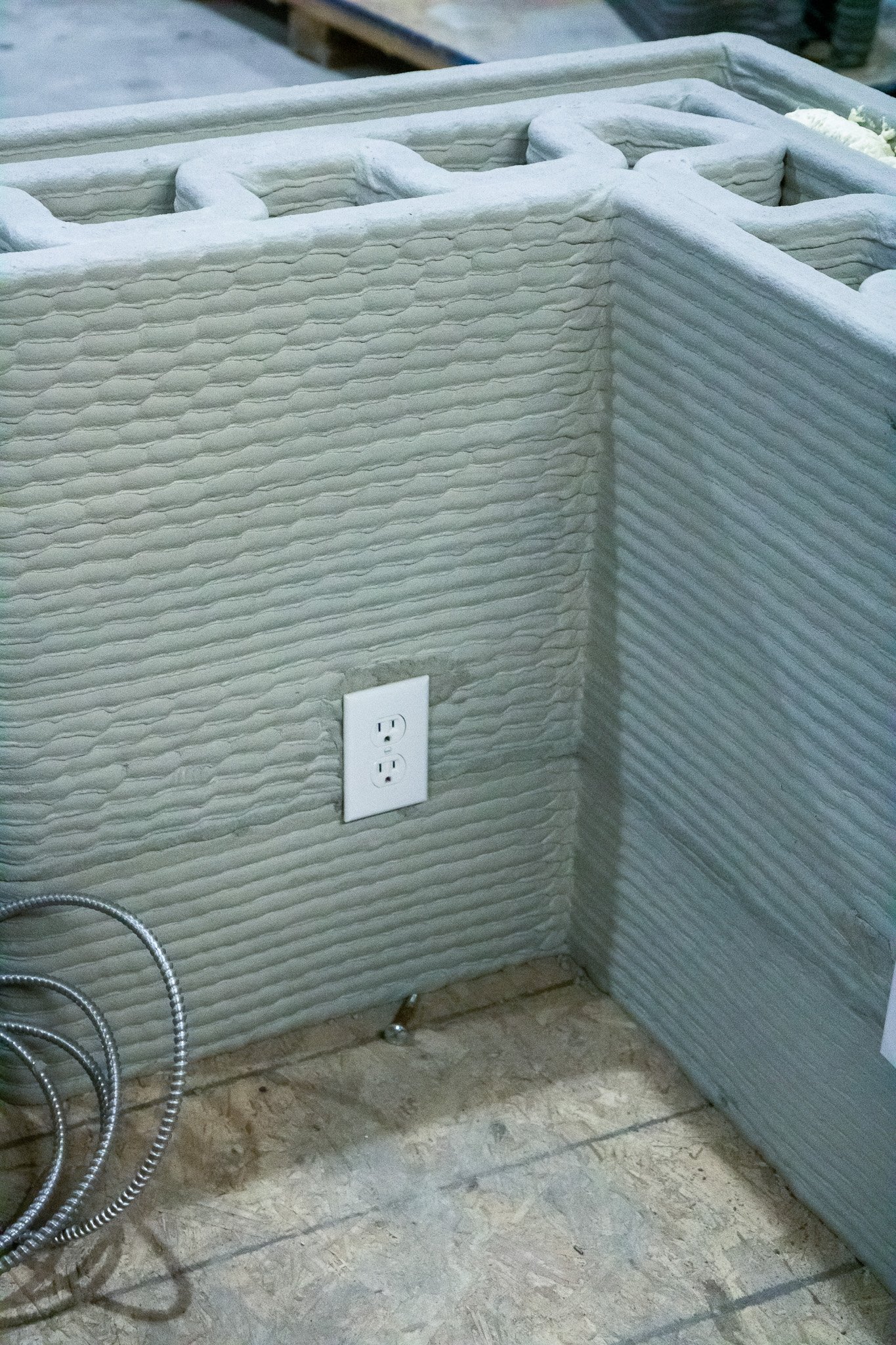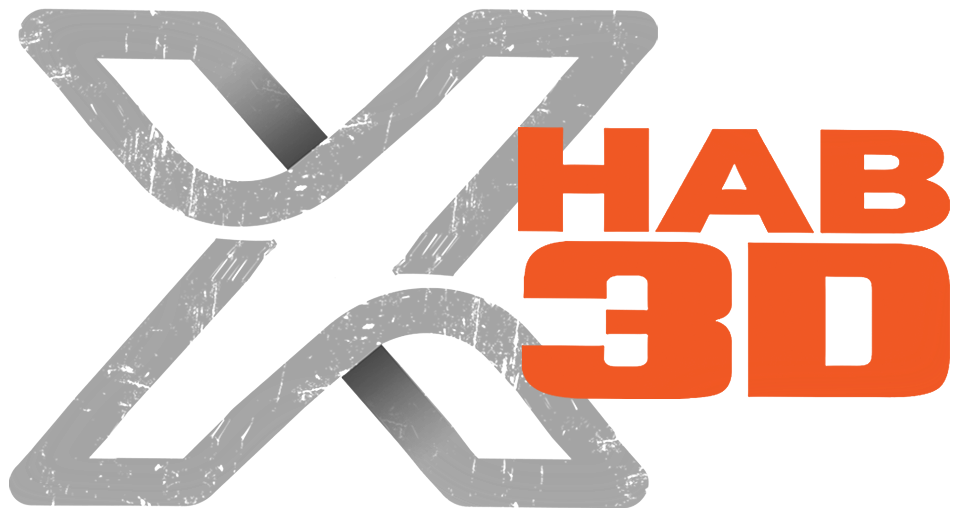X-Hab 3D Projects – Innovation in Construction & Concrete
X-Hab 3D concrete printers save labor time and investment, reduce material waste and cost, and reduce job-site injuries. How will you use X-Hab?
How Do 3D Printers Unlock Innovation in Construction?
X-Hab 3D’s expeditionary-grade concrete printing system is capable of printing houses, infrastructure, and artificial habitats in an endless range of environments. It can take your ambitions across the rugged tundra, underwater, and even to the moon.
See how developers are using X-Hab’s one-of-a-kind technology to build faster, safer, and less expensively at scale.

Projects We’ve Supported

HUD + Alaskan Government
(Extreme-Habitat Housing)
Innovation in construction is a must in rural Alaska, even during summer – temperatures are mild, but rain, wind, UV, and seismic activity persist. X-Hab earned a grant from the National Renewable Energy Laboratory to engineer and print a high-quality, affordable, and sustainable housing unit for those exact conditions.
The project is part of a huge collaboration to bring affordable housing solutions to remote Alaska. Among others, participants include:
- HUD (Housing and Urban Development)
- Xtreme Habitats Incorporated
- Nome city government

DARPA
(Reef Reconstruction)
Coastal populations and infrastructure are at increasing risk due to rising sea levels and climate change.
DARPA (Defense Advanced Research Projects Agency) chose X-Hab to develop carbon-negative concrete for 3D printing artificial reefs to protect Department of Defense coastal infrastructure. DARPA’s Reefense program is using X-Hab’s 3D concrete system to rapidly produce artificial barrier reefs that would otherwise take decades naturally. X-Hab’s saltwater-resistant concrete will not only provide coastal infrastructure, but also serve as a reef starter and marine lifeguard.

NASA
(Lunar Material Research)
Lunar regolith – the material composite littering the “topsoil” of the moon – has amazing potential for construction.
NASA has tapped X-Hab for a Phase I STTR proposal to use microwave energy to process lunar regolith for construction. The same technology could be useful for applications on Earth as well, particularly in remote, isolated environments.

National Guard
(Advanced Materials)
Military and defense orgs are always looking for stronger, tougher, greater. Maryland Air National Guard’s civil engineering division has called on X-Hab to develop the next step in building material quality.
X-Hab is creating new concrete mixes with a variety of traits in mind for the Guard:
- Broad tolerance ranges
- Ballistic strength
- Low water-to-cement ratio without compromising strength
- Use of saltwater, sand, & shells for contingency bases
- Rapid building of temporary structures

Penn State
(Reef Reconstruction)
Coral populations are declining, creating a vacuum in ocean and sea ecosystems. X-Hab 3D is working with Penn State University’s Applied Research Lab to print artificial reefs that will restore at-risk marine habitats.
X-Hab is also working with PSU’s famed materials science department and University of Alaska Fairbanks to develop nonproprietary baseline formulations that maximize locally available materials. These formulas will be available to you at no extra charge.
How Can You Use 3D Concrete Printing?
X-Hab's 3D concrete printing technology adapts to construction and building applications for any project or industry.
